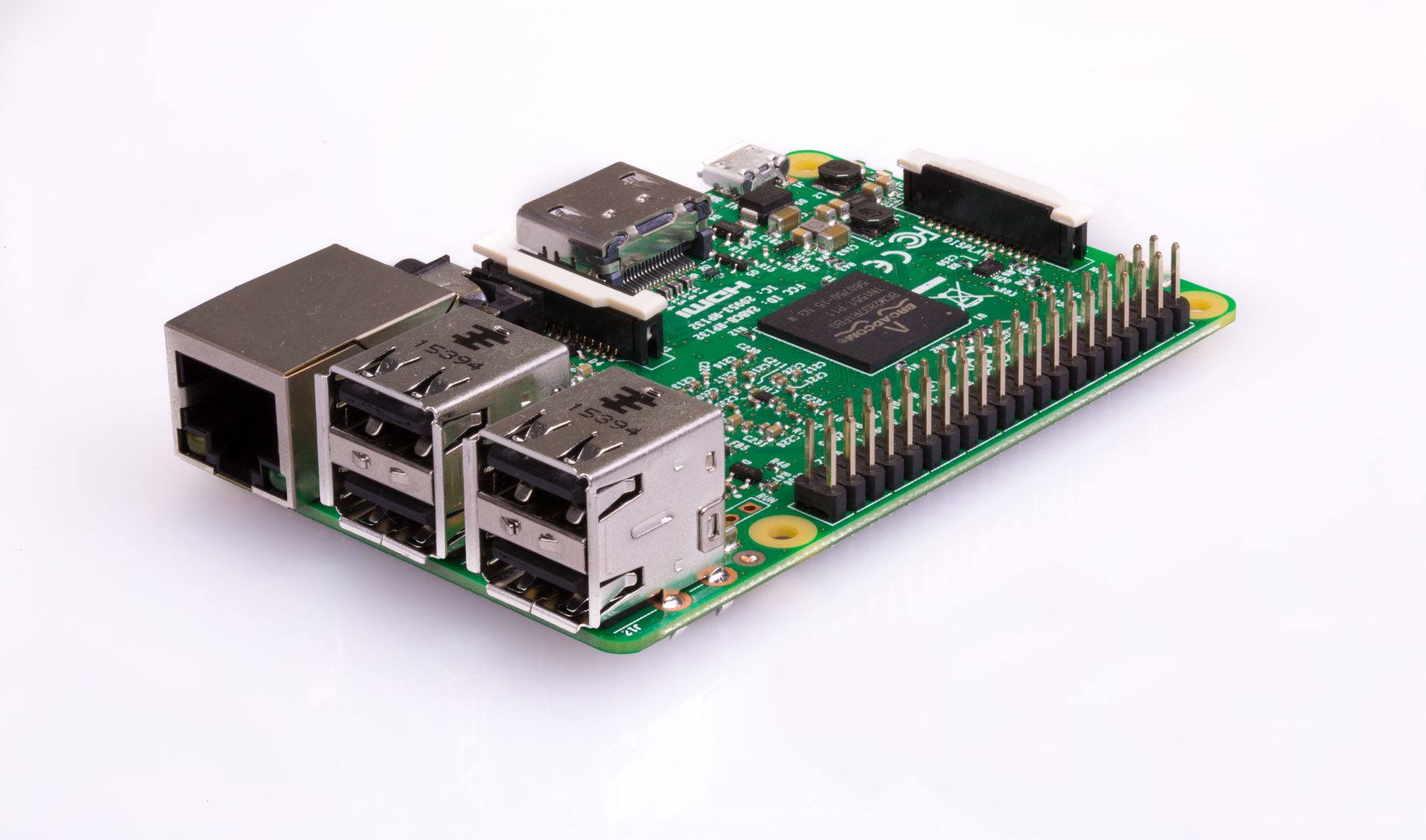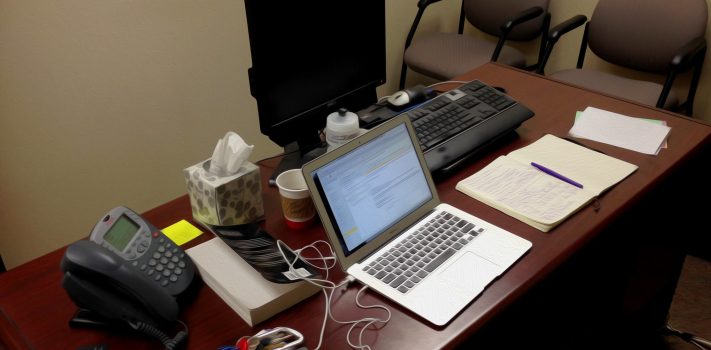Why We Should Dread a Second Civil War
Introductory Note: In a SurvivalBlog essay that I wrote back in January, 2019, I warned that there were signs that a Second Civil War might be brewing. I’d like to update and expand on that theme, in this essay. — The recent release of the first trailer for the scheduled April 2024 release of the A24 Productions movie titled Civil War has prompted considerable conjecture. The film reportedly had a $75 million budget. Commentator Tim Pool posted his thoughts on it, and then followed up with a more in-depth panel discussion, and then another. Dozens of others have also chimed …






